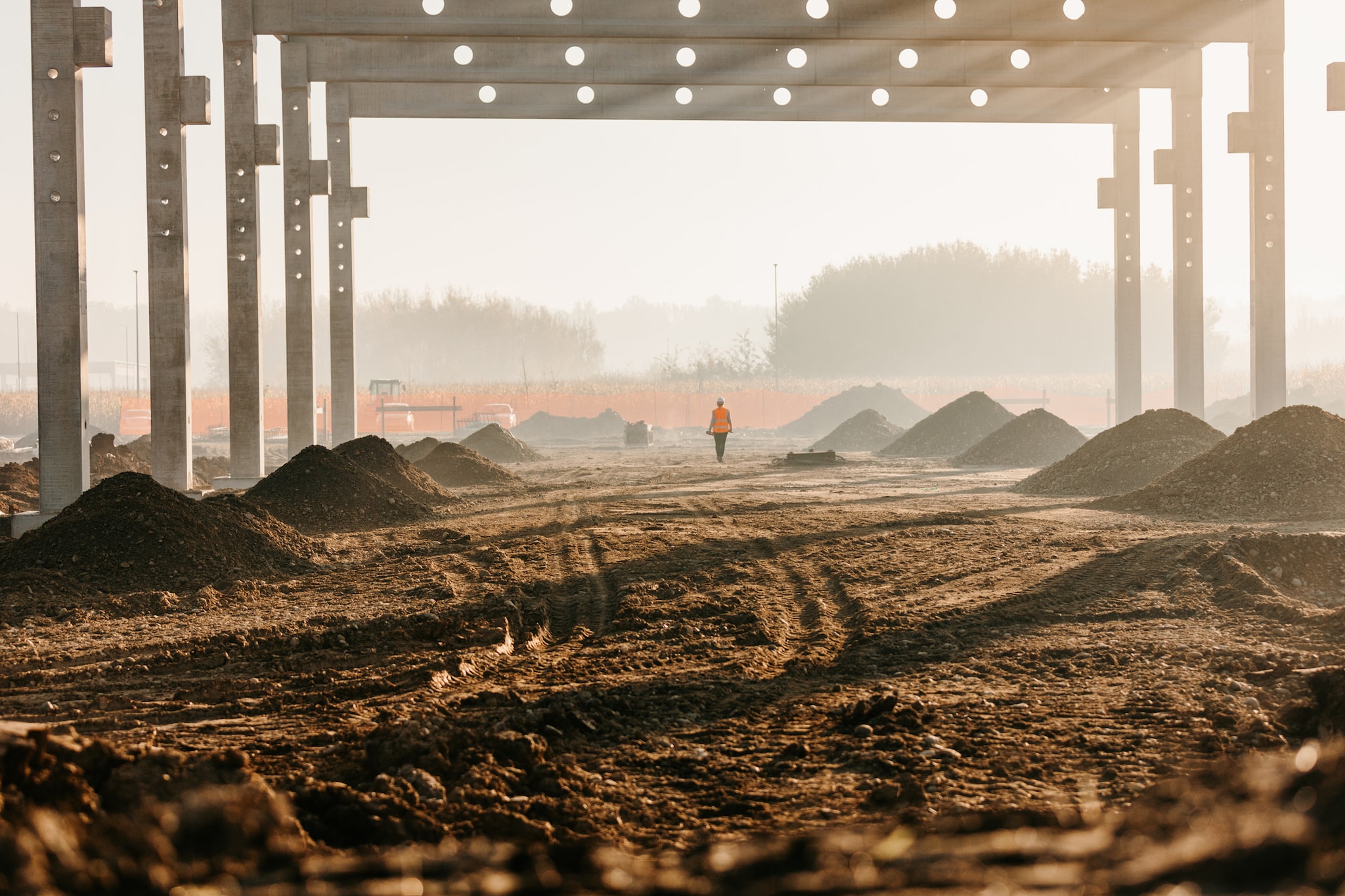Key points
- Valley fever is caused by breathing in spores from the fungus Coccidioides.
- Coccidioides lives in soil and dust in parts of the U.S. and the world.
- People with certain health conditions or demographic factors are at higher risk for severe illness.

Exposure
Valley fever is a lung infection caused by breathing in spores from Coccidioides.
Coccidioides lives in the soil and dust in certain areas of the United States and the world. Activities that disturb soil and dust (like windstorms and construction) increase risk of breathing in spores.
Cats and dogs can also get Valley fever. Valley fever does not spread between people or between people and animals.
Uncommon sources of Valley fever
In extremely rare cases, people can get the infection from other sources, such as:
- An organ transplant if the organ donor had Valley fever
- Inhaling spores from a wound infected with Coccidioides
- Contact with contaminated objects (such as rocks or shoes)
Most people who get Valley fever never get it again. Relapses are very rare.
Biology of Coccidioidomycosis

Who is at risk
Risk of severe disease
Most of the time people do not get sick from breathing in Coccidioides spores. When people get sick, the majority get better on their own.
Certain groups of people may be at higher risk for developing the severe forms of Valley fever, such as:
- People who have weakened immune systems, for example, people who:
- Have HIV/AIDS
- Have had an organ transplant
- Are taking medications such as corticosteroids or TNF-inhibitors
- Have HIV/AIDS
- Pregnant women
- People who have diabetes
- People who are Black or Filipino
- People over 60 years of age
Prevention
Scientists are continuing to work on a vaccine to prevent Valley fever with minimal side effects. No vaccines are available at this time.
It’s very difficult to avoid breathing in the fungus Coccidioides in areas where it lives in the environment.
There are still some ways to help reduce exposure to Coccidioides and risk for infection. Some steps to take include:
- Avoid areas with a lot of dust like construction or excavation sites.
- If this is not possible, wear a fitted N95 respirator.
- If this is not possible, wear a fitted N95 respirator.
- Stay inside during dust storms and close your windows.
- Avoid activities involving contact with soil like gardening.
- Use air filtration measures indoors.
- Clean skin injuries well with soap and water to prevent infection.
Healthcare providers may prescribe antifungal medications to prevent infections in people at increased risk due to health conditions.

Workplace risk and prevention
Workers who think they were exposed to Coccidioides at work should report to their occupational health or risk management department. If a workplace does not have these services, employees should contact their local health department.
There is no evidence that taking antifungals after an exposure can prevent an infection in people without symptoms. If a worker develops symptoms of Valley fever, should see a healthcare provider for testing and possible antifungal treatment.
Resources for workplaces:
